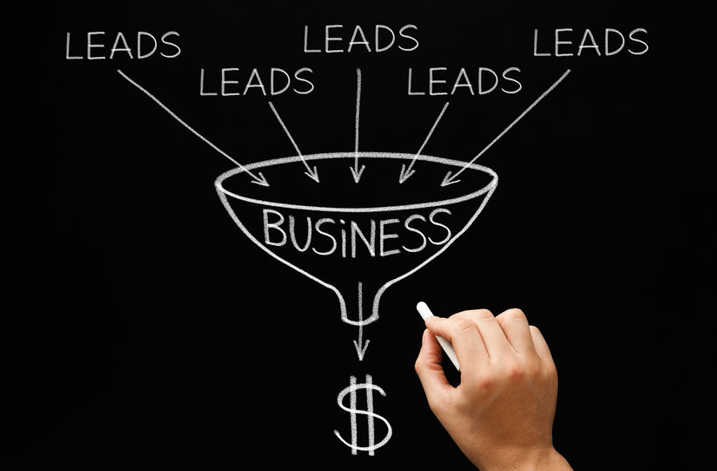Lead Generation Vs. Demand Generation: Key Differences

The desires of an ever-growing customer base continue to shift each year. Such an evolution is consistent and cuts across various spaces, niches, and businesses. Brands need to be ahead of these shifts to remain profitable, and an aspect of this effort includes choosing the right marketing strategies.
For instance, when considering lead vs. demand generation, a business needs to be able to choose the right approach at the start of a campaign. If you’re unaware of both concepts, you’ve come to the right place. Here’s everything you need to know about generating leads instead of creating demand.
Generating a Lead Vs. Creating Demand
First, let’s take a moment to consider what both concepts entail. If you’re new to marketing, then both concepts might sound foreign, however, they are very easy to understand when broken down.Lead generation is a more commonly understood concept in marketing. It’s the process of identifying potential customers interested in whatever product or service your brand offers. Leads are considered successfully documented when the customer’s information has been captured. This short-term strategy is often used in quick burst campaigns to drive up sales numbers by building on customer interest.
Demand generation, on the other hand, is a more long-term engagement approach. It’s the subtle process of catching customer attention with a specific product or service and developing an interest. It is used to raise demand for either a new, rebranded or existing product.
Spotting the Difference
You should now have a more thorough understanding of demand and lead generation. Both processes are powerful tools that could make or break the success of your next campaign. However, you don’t necessarily need to implement both strategies simultaneously. Your success as a marketer may depend on your ability to discern what approach is relevant at any given point of a campaign. If you’re still unsure of what approach to take, here are some key areas in which both methods differ.
Goals and Desired Outcomes
If you pay close attention to the definitions, you’ll know that lead and demand generation are deployed for separate goals, with one more short-term than the other. Lead generation primarily focuses on sales and immediate results. Going through the arduous process of collecting phone numbers, emails, and the like is often worth it. A carefully worded email or successful call could be the difference between making a sale or failure.
Demand generation is more of a slow burn. The goal is to create buzz surrounding your brand or a specific product. With well-timed ads and other carefully implemented techniques to get eyes to watch what your business is doing, people will want to buy what you’re selling. Demand generation can take much longer, as leaving an impression on people’s minds requires consistency.With these carefully outlined differences, you should be able to choose the right approach depending on what your company or brand hopes to achieve. Try to align your strategies based on the desired outcome.
Time of Execution
A campaign can take anywhere from a few days to years. Knowing the right time to deploy demand or lead generation might be difficult if you manage a lengthy effort. Don’t make the mistake of assuming that either would work at any point in your campaign.
Demand generation, for instance, works best when deployed at the start of a campaign. This gives the team responsible enough time to drive attention to your brand, product, or offered services. The later you start demand generation, the less time available, and the lower its effectiveness.
Deployment Approaches
Naturally, both methods have different strategies. What works for lead generation might not fly with demand generation. Remember, one is meant to be more subtle and long-term than the other.For instance, your brand might use incentivized site marketing to gather relevant contact details. This is a common way of generating quality leads. Search engine marketing and other direct approaches also result in an exchange of contacts.
Demand generation focuses more on general awareness. You might see a brand’s social media activity jump when trying to generate demand. You might also notice overwhelming ads on most common platforms related to whatever business, service, or promo they might be running.
Which Approach Should You Prioritize
Again, it is situational. However, there are some conditions you should note before deploying either. You might not want to drive the sales of a product your customer base is unaware of. This might breed distrust and skepticism in what you’re offering.Also, you don’t want to remain passive by just creating awareness. After running ads for some time, it might be worth switching gears and going for direct engagement for the best outcome.
Conclusion
Demand generation is just as important as lead engagement. While both approaches are clearly different, they often go hand in hand, working at various campaign stages. Your team could greatly benefit from having a member who understands when to interchange these strategies. Play your cards right, invest time in understanding these concepts, and you might be that person.

